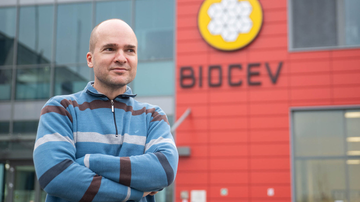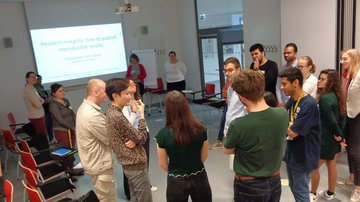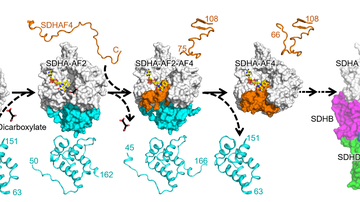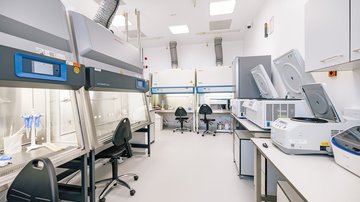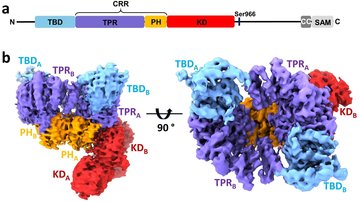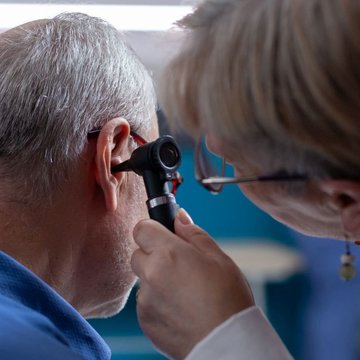
Biological therapy as a hope for patients with hearing loss
Gabriela Pavlínková from the Institute of Biotechnology of the CAS in the BIOCEV centre is investigating the molecular mechanisms involved in the development of the auditory system. Their knowledge may help in the future in the biological treatment of hearing defects. Last year, she received an honorary mention from the President of the Grant Agency of the Czech Republic for her research.
Hearing is one of the five basic human senses that allows us to communicate and connect with other people. Its loss brings with it great isolation and can lead to severe psychological problems. Deaf people find it much harder to navigate current events, cannot carry on conversations with others and gradually lose the ability to articulate their thoughts.
The number of people with hearing impairment is constantly growing and the group at risk is no longer just the elderly, but also, for example, young people who are exposed to high noise levels in the centre of large cities on a daily basis. Many children are also born with impaired hearing and others lose their good quality of hearing during their lives as a result of injury, infection or old age.
Hearing loss is caused by damage to sensory cells or neurons and is irreversible because these cells are unable to regenerate. Technology in the form of cochlear implants or hearing aids can now offer help to people with deteriorating hearing. In the future, biological treatments, specifically programming stem cells to replace missing neurons and sensory hair cells, for example, could also help. Gabriela Pavlínková from the Institute of Biotechnology of the Czech Academy of Sciences has been studying the molecular mechanisms that could contribute to this in her research supported by the Grant Agency of the Czech Republic (GA CR).
The cochlea of the inner ear as an excellent model
The aim of Gabriela Pavlinkova's research is to understand how the auditory pathway, which transfers auditory information from hair cells in the cochlea via a chain of neurons to the auditory cortex of the forebrain, is formed during development. "The cochlea of the inner ear is an excellent model to study because it has a clear structure consisting of several rows of hair cells and the neurons connected to them. This allows us to observe the impact of factors that lead to disruption of the cochlea's cellular structure," explains Gabriela Pavlinkova. Damage or loss of sensory hair cells or neurons during embryonic development in the inner ear ultimately leads to partial or complete hearing loss.
In this project, Pavlinkova investigated the role of the NEUROD1 and ISL1 proteins in the development of the auditory system of the inner ear and the brain structures connected to it. The role of these two proteins is to regulate gene expression. She used mice as a model organism in her research. Using molecular biology methods, the embryos blocked the production of NEUROD 1 and ISL1 proteins in the inner ear region and observed what changes occur in terms of the development of the auditory pathway.
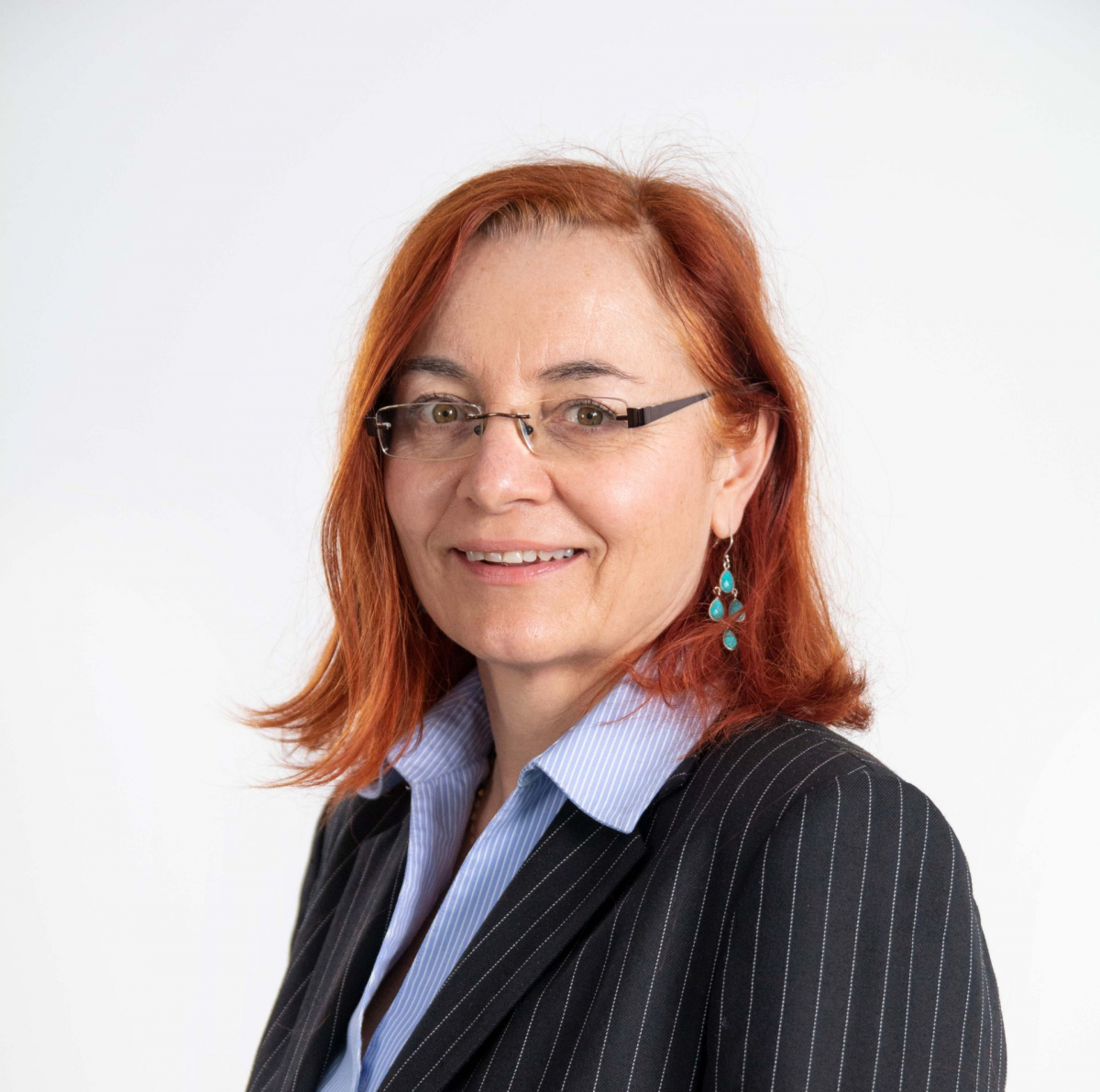
In addition to detecting morphological and molecular changes, it also measured how the acoustic signal is transmitted and processed in the central part of the brain. "My group is mainly focused on research in the field of molecular genetics, so we carried out these measurements in collaboration with the team of Professor Josef Syka from the Institute of Experimental Medicine of the CAS, who is a top Czech neurophysiologist and focuses on the study of the physiology of hearing." It was the measurement of how changes in the periphery affect the development of the entire central auditory pathway that was crucial to the research and yielded a range of important information.
The advantage of the mouse model is that the inner ear is structurally and functionally very similar to the human ear, making the results easily transferable to humans. "Based on our research, we can say that without the NEUROD1 protein, auditory neurons cannot develop properly. So if we want to differentiate neurons from stem cells in the future, we know that this protein must be present during cell development," says Pavlínková, describing the possible practical applications of her research.
Research on the ISL1 protein has shown that without it, neurons in the ear can form, but their genetic program is completely altered and they are unable to connect properly with other cells. "We didn't expect that if we knocked out the ISL1 protein it would have such a big impact. It's fascinating that despite this dramatic damage, partial hearing functionality was preserved. The plasticity of the developing neurons during embryonic development is enormous and ultimately leads to a partially successful effort to create a functional auditory pathway," summarizes one of the most surprising conclusions of Pavlinkova's research. "Knowing that cells during human embryonic development must exhibit the same level of plasticity is, in my opinion, absolutely amazing and shocking," she adds, hoping that the results of her research could one day contribute to the treatment of certain hearing defects in specific patients.
Source: Grant Agency of the Czech Republic
Photo: IBT CAS / Freepik







